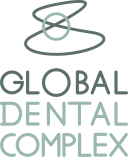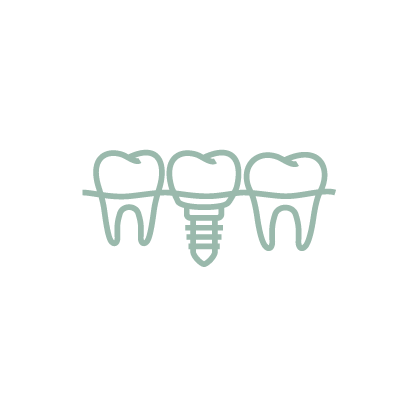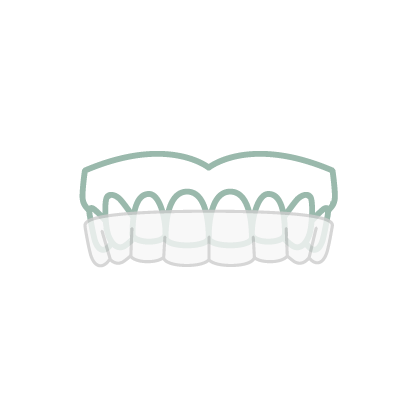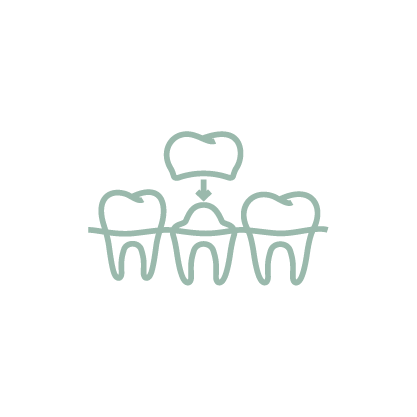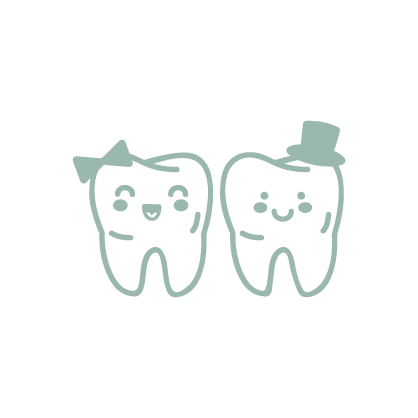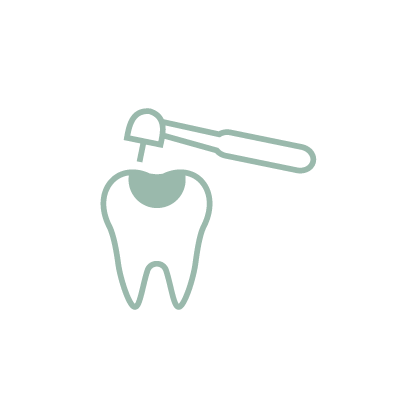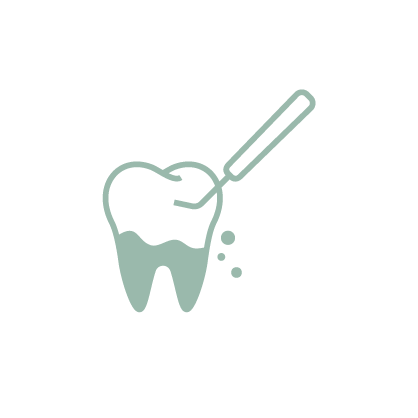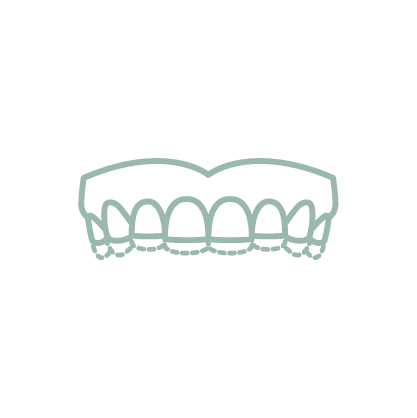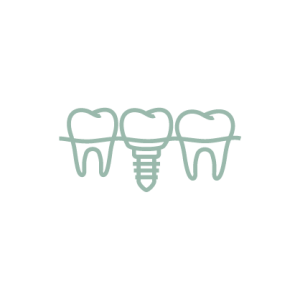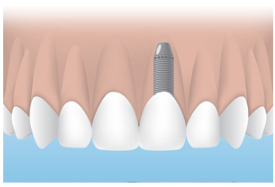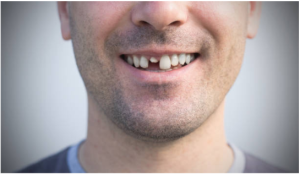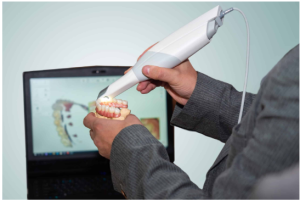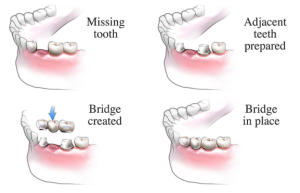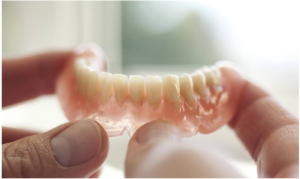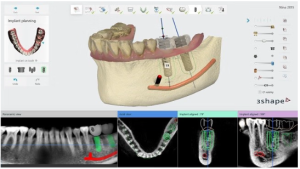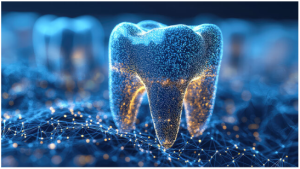Choose Your Beautiful Smile with Front Tooth Dental Implants
Losing front teeth significantly impacts your confidence in smiling and speaking. Anterior dental implants have become the most popular solution for addressing this problem, providing the most beautiful and natural-looking results available in modern dentistry.
What Are Anterior Dental Implants?
Anterior dental implants are a specialized dental treatment that involves placing titanium implant posts into the jawbone to replace lost tooth roots in the front teeth area. A custom-designed crown that mimics natural teeth is then attached to the implant post. This treatment provides a permanent, fixed dental prosthetic to replace front teeth lost due to decay, gum disease, or accidents.
Front tooth dental implants can also replace existing dentures or dental bridges, giving patients new teeth that are permanently strong and beautiful. This advanced treatment option offers the most natural-looking and functional replacement for missing anterior teeth.
The Critical Importance of Anterior Dental Implant Treatment
Aesthetic Considerations
Front teeth are the focal point of your smile. Losing front teeth severely impacts confidence in smiling and conversing with others. Well-designed anterior dental implants help achieve a beautiful, natural-looking smile that restores your confidence and social interactions.
Functional Benefits
Front teeth play crucial roles in biting food, pronouncing certain sounds, and maintaining facial balance. The loss of front teeth affects all these important functions, impacting both nutrition and communication abilities.
Facial Structure Support
Front teeth support the lips and cheeks. Losing front teeth may cause premature aging of the face and changes in facial shape, making this treatment essential for maintaining youthful facial features.
Challenges in Anterior Dental Implant Treatment
Performing front tooth implant surgery requires extensive experience, precision, and high-level expertise from implant dentists. The treatment must achieve both beauty and natural appearance matching adjacent teeth, including both gum tissue and crown portions.
When problems occur, making corrections to achieve beautiful results becomes extremely difficult. Therefore, anterior dental implant treatment requires careful consideration when selecting the clinic and implant dentist before making treatment decisions.
Types of Anterior Dental Implant Treatment
Front tooth implant treatment is divided into two main categories:
1. Immediate Implant Placement (Teeth Not Yet Extracted)
This approach involves placing the implant and crown on the same day as tooth extraction. This method achieves the most beautiful gum contours since the natural gum architecture is preserved. This technique is suitable for teeth with problems but where the root structure remains in good condition.
Advantages:
- Immediate teeth replacement after extraction
- Natural, beautiful gum contours
- Reduced number of surgical procedures
- Prevention of bone loss after extraction
2. Delayed Implant Placement (Previously Extracted Teeth)
This scenario often requires bone grafting procedures of varying degrees, as bone in the front tooth area resorbs very quickly compared to other areas when teeth are missing.
Treatment Steps for Anterior Dental Implants (Previously Extracted Teeth)
Step 1: Assessment and Treatment Planning
The dentist examines the oral cavity and takes X-rays of the front tooth area to assess how many implants are needed and how much bone grafting is required. They determine whether implant placement and bone grafting can be performed simultaneously.
From leading dental center experience, over 90% of cases can be treated simultaneously. The implant dentist will also take impressions to create a removable temporary denture for the patient to wear while waiting for the final crown placement.
Step 2: Implant Surgery
The implant dentist performs implant placement and bone grafting simultaneously. This approach reduces treatment time by half, as separate bone grafting would require waiting 5-6 months before implant placement, followed by another 4-6 month healing period – totaling approximately one year.
With the simultaneous approach, total healing time is only 4-6 months (depending on the amount of bone grafted), and surgery is performed only once.
Step 3: Osseointegration Waiting Period
Wait 4-6 months for the implant and grafted bone to integrate completely with the jawbone. During this period, patients wear temporary removable dentures for daily function.
Step 4: Temporary Crown Fabrication
The implant dentist begins creating temporary fixed crowns on the implants for patients. When optimal gum contouring is desired, this process takes 1-2 months to allow gums to achieve the desired shape before the final crown can be made.
Step 5: Final Crown Fabrication
The final step involves creating the permanent crown on the implant, designed to match the color, shape, and size of adjacent natural teeth perfectly.
Factors Affecting Anterior Dental Implant Success
1. Jawbone Quality
Bone with adequate thickness and density helps implants integrate properly. If bone is insufficient, additional bone grafting procedures may be necessary.
2. Gum and Oral Health
Gums and surrounding tissues must be healthy without inflammation or infection. Treating gum disease before implant placement is essential for success.
3. Patient’s Overall Health
Diabetes, smoking, and certain medications may affect wound healing and implant integration success rates.
4. Dentist’s Expertise
Anterior dental implant treatment requires specialized expertise, as aesthetics and natural appearance are the primary considerations for front tooth replacement.
Advantages of Anterior Dental Implants
1. Natural Beauty and Aesthetics
Well-executed anterior dental implants appear identical to natural teeth in every aspect – color, shape, and light reflection. Others cannot distinguish them as artificial teeth, providing seamless integration with your natural smile.
2. Stability and Strength
Unlike removable dentures, dental implants integrate firmly with the jawbone, never loosening or shifting during use. This allows normal biting and chewing function identical to natural teeth.
3. Bone Loss Prevention
When teeth are lost, the jawbone gradually deteriorates. Having dental implants stimulates the bone, preventing bone loss and maintaining facial shape and structure over time.
4. Long-lasting Durability
Properly maintained dental implants can last a lifetime, making them a valuable long-term investment in your oral health and quality of life.
5. Easy Maintenance
Caring for dental implants is identical to natural teeth care – regular brushing and flossing with normal oral hygiene routines.
Special Techniques for Anterior Dental Implants
Gum Contouring Design
Gums around front teeth have special shapes different from other areas. Dentists must use specialized techniques to sculpt natural gum contours, which may take 1-2 months to achieve perfect gum shaping.
Color and Shape Selection
Crown color must match adjacent natural teeth perfectly. Shape must be balanced and appropriate for the face. Using dental color photography technology and computer-aided design helps achieve precise results.
Implant Positioning
Implant position must be accurate in depth, angle, and direction so that the subsequent crown has natural shape and orientation that harmonizes with surrounding teeth.
Anterior Dental Implant Costs
Anterior dental implant prices are frequently asked questions from most patients. Costs depend on various factors including bone thickness, implant type, materials selected, and dentist experience.
Generally, anterior dental implant prices start at approximately 50,000 baht per tooth, including:
- Titanium dental implant
- Permanent crown
- Examination and follow-up care
Cost Factors
Case Complexity: Cases requiring extensive bone grafting or soft tissue complications cost more than straightforward placements.
Crown Materials: Standard ceramic, porcelain, or zirconia have different price points, with zirconia providing the highest beauty and durability.
Technology Used: CAD/CAM technology or computer-aided design increases costs but provides superior precision and aesthetics.
Treatment Comparison Options
Dental Implants vs Dental Bridges
Dental bridges require grinding down two adjacent healthy teeth to support the prosthetic tooth. Anterior dental implants preserve natural teeth structure. Additionally, implants have longer lifespans and prevent bone loss better than bridges.
Dental Implants vs Fixed Partial Dentures
Traditional fixed partial dentures use adjacent teeth as anchors, potentially overloading them. Dental implants distribute forces directly to bone like natural teeth, providing superior biomechanics.
Dental Implants vs Removable Partial Dentures
Removable partial dentures cost less initially but lack stability, may dislodge or shift, require removal for cleaning, and may cause oral sores and discomfort.
Anterior Dental Implant Care
Initial Care (First 2 Weeks After Surgery)
- Avoid brushing the surgical site
- Use antibacterial mouthwash instead of brushing
- Eat soft foods, avoiding extremely hot or cold items
- No smoking or alcohol consumption
- Take medications as prescribed
Long-term Care
- Brush with soft-bristled toothbrush twice daily
- Daily flossing around implants
- Use antibacterial mouthwash
- Avoid biting extremely hard objects
- Regular dental checkups every 6 months
When to Consider Anterior Dental Implants
Suitable Cases
- Front teeth that are fractured, damaged, or severely decayed beyond repair
- Front teeth extracted due to accidents
- Front teeth with root decay or severe infection
- Need to replace old damaged dental bridges
- Dissatisfaction with removable dentures
Unsuitable Cases
- Insufficient jawbone that cannot accommodate bone grafting
- Uncontrolled systemic diseases
- Heavy smoking with inability to quit
- Too young (incomplete bone growth)
Modern Technology in Anterior Dental Implant Treatment
Digital Imaging Technology
3D photography and scanning help dentists plan treatment precisely, reducing risks and increasing treatment success rates significantly.
Computer-Guided Surgery
Computer-navigated surgery provides highly accurate implant placement while minimizing trauma to surrounding tissues during the procedure.
CAD/CAM Technology
Computer-aided design and manufacturing of crowns provides superior precision and beautiful aesthetic results compared to traditional methods.
Differences Between Anterior Dental Implants and Full Mouth Treatment
Anterior dental implants focus on treating 1-2 front teeth specifically, while full mouth dental implants treat the entire mouth using techniques like All-on-4 or All-on-6, which use only a few implants to support entire arch restorations.
Treatment selection depends on the number of remaining teeth, overall dental condition, and patient needs. For those requiring multiple tooth replacement, the All-on-4 full mouth solution may be more appropriate and cost-effective.
Pre-Treatment Preparation
Consultation and Planning
Patients should consult thoroughly with specialist implant dentists to understand treatment procedures, costs, and expected outcomes before proceeding with treatment.
Health Evaluation
Blood tests, X-rays, or other examinations may be necessary to ensure the body is ready for surgical procedures.
Smoking Cessation
Smoking delays wound healing and reduces implant success rates. Patients should quit at least 2 weeks before and after surgery for optimal results.
Precautions and Side Effects
Normal Side Effects
- Pain and swelling for 3-5 days after surgery
- Minor bleeding on the first day
Warning Signs Requiring Immediate Medical Attention
- Severe abnormal pain not improving with medication
- Increasing swelling after day 3
- High fever
- Heavy bleeding that won’t stop
- Numbness not improving after 1 week
Success Factors for Anterior Dental Implants
Success Rates
Anterior dental implants performed by specialist dentists have success rates of 95-98%. Success is measured by proper implant integration with bone and normal functional use.
Tips for Increasing Success
- Choose experienced specialist dentists
- Strictly follow post-surgical instructions
- Maintain excellent oral hygiene
- Quit smoking and reduce alcohol consumption
- Attend regular follow-up appointments
Case Studies: Real Patient Results
Case 1: Accident-Related Front Tooth Fracture
A 28-year-old female patient with front tooth fracture from sports injury received same-day extraction and immediate implant placement. After 4 months of healing, she achieved a beautiful smile identical to her original appearance.
Case 2: Severe Front Tooth Decay
A 45-year-old male patient with 2 severely decayed front teeth beyond repair underwent extraction and implant placement. Following treatment completion, he regained confident smiling and speaking abilities.
Common Mistakes to Avoid
Choosing Clinics Based on Price Alone
Extremely low prices may indicate poor quality materials or inexperienced dentists, potentially requiring costly corrections later. Quality should be the primary consideration for such important treatment.
Neglecting Post-Surgical Care
Failing to follow post-surgical instructions may cause infections or implant failure to integrate with bone, compromising treatment success.
Unrealistic Expectations
Final results depend on multiple factors. Clear consultation and understanding should occur before treatment to ensure realistic expectations.
Modern Alternative: All-on-4 for Multiple Tooth Replacement
For patients missing multiple teeth or requiring full mouth rehabilitation, the All-on-4 same-day full mouth technique may be more suitable. This approach uses only 4-6 implants to support entire arch restorations, saving costs and reducing treatment time significantly.
Choosing the Right Treatment Center
Important Considerations
- Dentist’s experience and specialization in implant dentistry
- Surgical facility standards and sterilization systems
- Modern technology and up-to-date equipment
- Previous patient results and satisfaction levels
- Warranty and post-treatment care policies
(Location: Global Dental Complex Clinic)
Essential Questions to Ask
- How many years of experience does the dentist have with anterior dental implants?
- Can you show examples of previous work?
- What implant brand is used and what warranty is provided?
- How are complications handled if they occur?
- What are the total costs and are there any hidden fees?
Future Trends in Anterior Dental Implant Treatment
New Material Development
Implant and crown materials continue advancing to provide improved strength, beauty, and biocompatibility with the human body for better long-term results.
AI and Digital Dentistry Technology
Artificial intelligence in treatment planning and tooth design will help achieve increasingly precise and beautiful results while streamlining the treatment process.
Faster Treatment Protocols
New technologies will help reduce treatment time and increase patient comfort throughout the entire treatment experience.
Conclusion
Anterior dental implants represent effective and safe treatment for replacing lost front teeth. While requiring high-level expertise and experience from dentists, the results justify the investment in terms of aesthetics, function, and long-term value.
Selecting the appropriate dental center and dentist is crucial for treatment success. Patients should research thoroughly and consult with specialists before making treatment decisions.
Front tooth dental implants help patients smile and speak confidently, improve quality of life, and maintain beautiful facial contours. Investing in anterior dental implants is an investment in confidence and improved life quality.
For those interested in learning more about dental implants or other dental treatments, consult with specialist implant dentists to receive personalized recommendations suitable for your specific condition.
